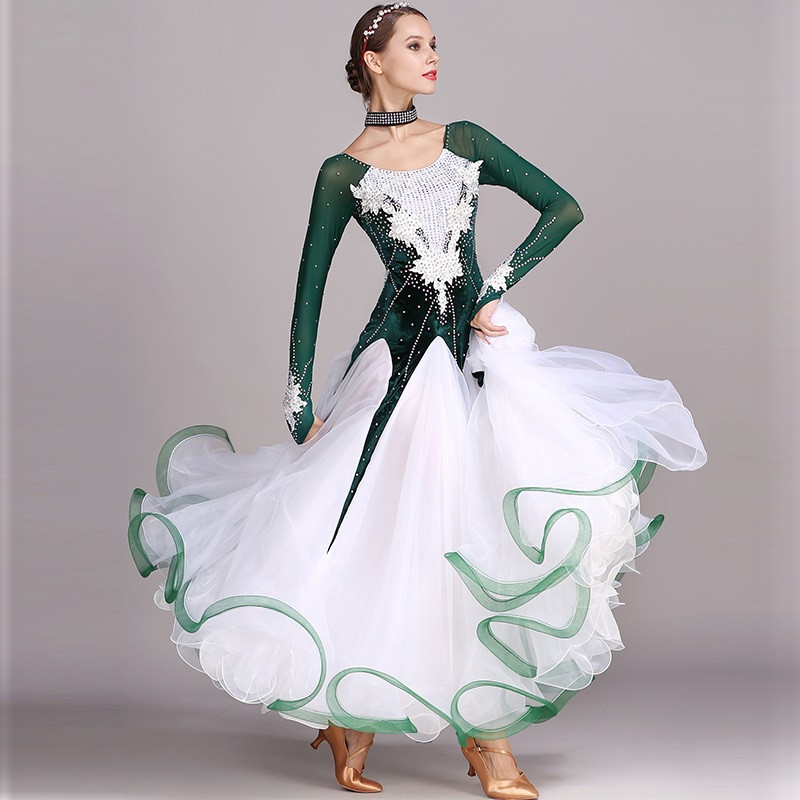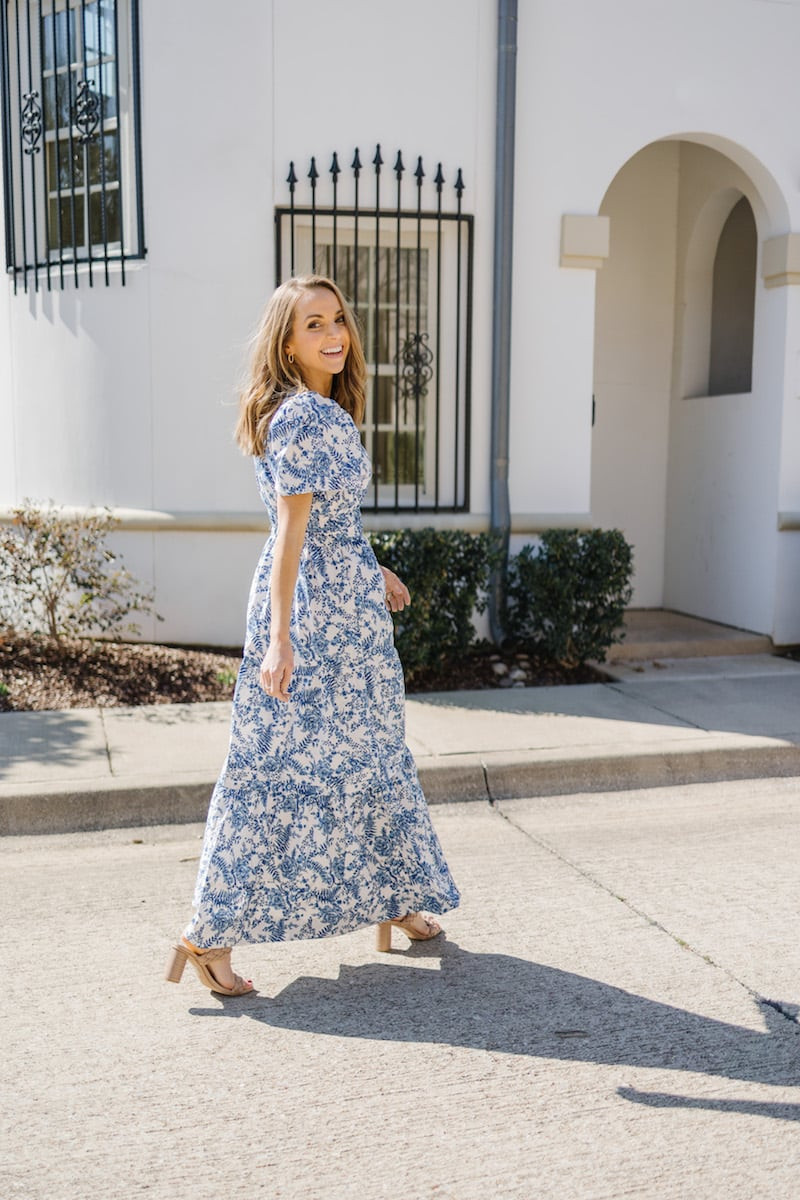Halloween is an exciting time for children, filled with costumes, trick-or-treating, and imaginative fun. But amidst the joy, it’s essential to prioritize safety to ensure the experience remains a positive one.
When selecting Halloween costumes, accessories, and decorations for kids, parents need to be mindful of potential hazards like choking, trips, falls, and fire risks. This blog will walk you through all the tips and precautions you need to maximize safety while keeping the festive spirit alive.
The excitement of Halloween often overshadows safety concerns, but it’s vital to remember that many costumes, masks, accessories, and decorations can pose risks if not chosen carefully. From costumes that can lead to trips and falls, to accessories that might be choking hazards, paying attention to the details of what you buy can help prevent accidents. Safety should always come first, allowing children to enjoy Halloween without unnecessary risks.
1. Choosing Costumes with Safety Certifications
One of the easiest ways to ensure the safety of your child’s Halloween costume is by checking for proper certifications. Look for the CE marking on costumes, wigs, masks, and accessories. The CE mark means the product complies with European safety standards and has been tested for potential hazards. Whether you're purchasing costumes online or in stores, prioritize products with this certification to ensure they meet essential safety requirements.
The CE marking indicates that the materials used in the costume are safe and that the product won’t pose immediate risks, such as flammability or choking hazards.
Tip: Always check the label! If you can’t find the CE mark or other safety certifications, it might be best to skip that item. It’s a good rule of thumb to buy costumes and accessories from trusted retailers that follow strict safety standards.
Related: Look Fab for Halloween with PrettyLittleThing's Affordable Costume Collection
2. The Importance of Proper Fit

A well-fitting costume is crucial not only for comfort but also for safety. Costumes that are too large or have trailing parts, like long capes or oversized shoes, can easily cause trips and falls. Children often get excited while trick-or-treating, running from house to house, and an ill-fitting costume could lead to an accident.
Avoid Oversized Costumes
Oversized costumes can be especially hazardous. Capes, dresses, or pants that are too long increase the risk of your child tripping. Shoes or boots that don’t fit properly could lead to slipping. Ensuring the costume fits correctly from head to toe minimizes the chance of accidents while they enjoy their Halloween adventures.
Avoid Long Trailing Parts
Costumes with long, trailing parts, such as dresses, capes, or scarves, can easily catch on objects or cause someone to slip. If your child’s costume has a cape, make sure it’s not too long and can be secured around the shoulders without dragging on the ground.
Tip: Before purchasing, have your child try on the costume and walk around in it to make sure it fits well and doesn’t impede their movement. If a costume seems too loose or long, consider alterations to ensure it’s snug and safe.
3. Prioritizing Visibility for Nighttime Safety
Many Halloween activities, especially trick-or-treating, happen after dark. For this reason, ensuring your child is visible to others is a top priority. Opt for light-colored costumes or costumes that come with reflective elements. If your child insists on wearing a darker costume, adding reflective tape to the outfit can help enhance their visibility to drivers and others.
Reflective Tape and Bright Colors
Adding reflective tape to costumes is a quick and easy way to increase nighttime visibility. Place strips of tape on key areas like the back, front, and arms of the costume. Reflective tape is easy to apply and can make a huge difference in keeping your child safe when they’re out and about in the dark.
If possible, choose costumes in bright or light colors that naturally stand out in low-light conditions. This makes it easier for drivers and other trick-or-treaters to see your child.
Tip: Don’t forget to make sure your child’s trick-or-treat bag is visible as well. You can decorate it with reflective stickers or tape to help increase visibility.
4. Accessory Safety: Soft and Flexible Materials
Halloween costumes often come with fun accessories like swords, wands, and devil forks. While these add to the excitement, they can also present risks if they aren’t designed with safety in mind. Accessories should be made of soft, flexible materials to reduce the chances of injury during play.
Choosing Safe Costume Accessories
Avoid accessories that are rigid or sharp, as they can cause harm if a child accidentally falls on them. Soft, flexible swords, wands, and devil forks are much safer options. However, even soft accessories can pose a choking hazard for younger children. Always check the product description to ensure the item is intended for use by children, particularly if your child is under 3 years old.
Beware of Choking Hazards
Small parts or accessories that aren’t meant for children can present serious choking risks. Be particularly mindful when choosing props like small masks or items with detachable parts. Kids under 3 years old are more susceptible to choking hazards, so make sure every accessory you buy is safe for their age group.
Tip: If you’re unsure whether an accessory is safe, it’s best to avoid it. Always supervise children when they’re playing with costume accessories, especially younger kids.
Related: Halloween Cat Costume Ideas: Dress Up Your Feline Friend in Spooky Style
5. Fire Safety: Avoiding Flammable Materials
One of the biggest concerns with Halloween costumes is the risk of fire. Costumes made from flammable materials can be dangerous, particularly if children are around open flames like candles or lanterns. Always check the label to ensure the costume is made from flame-resistant materials.
Using Battery-Operated Candles
Candles and open flames are often part of Halloween decorations, but they pose a significant fire risk, especially when kids are wearing costumes made from fabric. Instead of traditional candles, opt for battery-operated candles. These provide the same spooky ambiance without the danger of an open flame. Place these in pumpkins, lanterns, and along pathways to keep the environment safe.
Keep Open Flames in Enclosed Jars
If you must use real candles, place them in enclosed jars where the flame is contained. This will reduce the risk of costumes, wigs, or other decorations catching fire.
Tip: In addition to choosing flame-resistant costumes, teach your children basic fire safety rules, such as staying away from open flames and knowing how to “stop, drop, and roll” in case their costume catches fire.
6. Safety with Electrical Halloween Lights and Decorations

Halloween decorations often include fun electrical lighting, from string lights to illuminated pumpkins. Just like with costumes, you should ensure all electrical decorations bear the CE mark and have manufacturer contact information. This ensures they’ve been tested for safety and reduces the risk of electrical accidents.
Inspecting Lights and Cables
Before using any electrical decorations, inspect the wires and bulbs for damage. Frayed wires or cracked bulbs can increase the risk of electrical fires or shocks. Keep decorations and cables out of the reach of younger children who may be tempted to pull or chew on them.
Tip: If you’re using outdoor decorations, make sure they’re labeled as weatherproof and designed for outdoor use to avoid short circuits or accidents.
7. Additional Halloween Safety Tips for Parents
While ensuring your child’s costume is safe is a big step, there are a few extra precautions that can further maximize safety during Halloween.
Supervision
Always supervise young children while they’re trick-or-treating, especially if they’re going door-to-door in unfamiliar areas. Stick to well-lit streets and established neighborhoods where you can trust the environment to be safer.
Safe Footwear
Make sure your child is wearing sturdy, comfortable shoes. Avoid costume-specific shoes that may be slippery or uncomfortable, as they could cause blisters or falls.
Face Paint vs. Masks
Instead of masks, which can obscure vision, consider using face paint to create your child’s Halloween look. Face paint allows for a safer trick-or-treating experience as it doesn’t restrict breathing or visibility.
Tip: Test any face paint on a small patch of skin before applying it fully to avoid allergic reactions.
Related: School's Cool with Olivia Rodrigo Costumes: Halloween Edition
The Takes Away
Halloween should be a fun and memorable experience for children, but safety must be the top priority when choosing costumes, accessories, and decorations. By following these tips—selecting well-fitting costumes, opting for light-colored or reflective outfits, choosing soft, flexible accessories, and avoiding flammable materials—you can help ensure that your child’s Halloween is both enjoyable and safe.
Remember, safety certifications like the CE mark and careful attention to costume design, materials, and accessories will go a long way in preventing accidents. With a little planning, your children can have a spooky, fun-filled Halloween night while staying safe!







